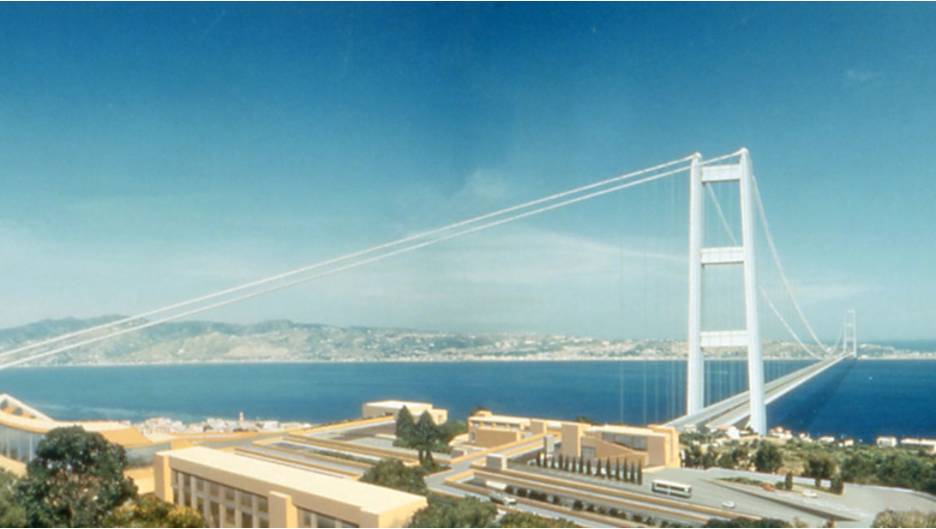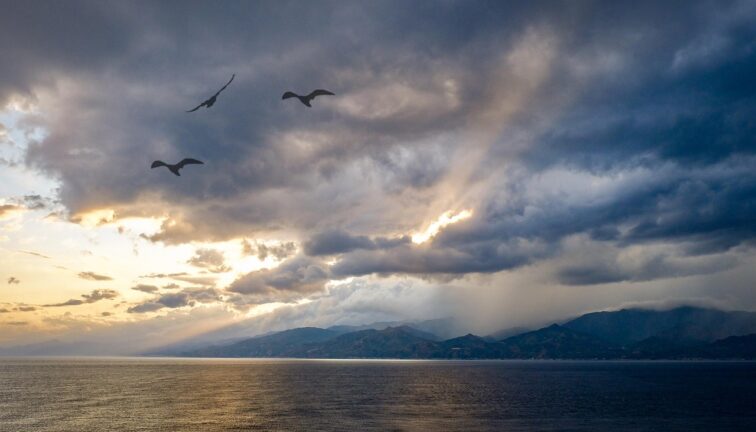A dream first imagined in the time of the Romans has just taken a major step towards becoming reality. With final approval from Italy’s top economic planning committee, the long-envisioned Messina Strait Bridge is officially moving forward – and its implications stretch far beyond mainland Italy.
For the first time in history, mainland Italy and Sicily will be physically connected by major infrastructure – if everything goes as planned. The world’s longest single-span bridge, at 3.3 kilometres, promises to revolutionise transportation in the region.
Italy’s Deputy Prime Minister Matteo Salvini on Wednesday hailed the project’s approval, calling the decision an “emotional moment”. Prime Minister Giorgia Meloni called the project a symbol of national unity. Will it bring northern and southern Italy closer together? Possibly. And Italy’s PM is betting on it.
Supporters and critics weigh in
Supporters see the bridge as transformative, poised to spur job creation as well as tourism and drive long-term economic growth. Yet, despite strong government backing, public opinion is not unified. In fact, it is sharply divided. A 2024 study showed over 60% of Italians are opposed to the project. Many against it indicated since that its hefty €13.5 billion price tag was simply too costly while others charge it is a waste of public money.
Messina Strait Bridge is a colossal waste of public funds. – MP Anthony Barbagallo, Democratic Party
Opposition voices have hardly been silent and the criticism, with a measure of dismay, were on display Wednesday after the news was announced. La Repubblica, a leading Italian daily, quoted MP Anthony Barbagallo (Democratic Party) calling the decision “a sad day not just for Southern Italy but the whole of the country”. Mr Barbagallo added that the Messina Strait Bridge is “a colossal waste of public funds”. Other critics accuse the government of using the bridge as political propaganda rather than a genuine solution for the region’s problems.
And yet, advantages are sure to surface
Beyond the political wrangling, the bridge spans broader national and international goals. For Italy, it could improve transportation efficiency, reduce travel times and costs, and quite simply bring together stronger economic integration between Sicily and the mainland. The argument is that it will boost competitiveness and reduce a long-existing economic divide between regions in the north and south.

On the European level, at first glance, the bridge folds well into the EU’s Trans-European Transport Network (TEN-T), addressing a critical bottleneck in the Mediterranean. The Messina Strait Bridge could improve internal market integration, and promote greener transport options such as the use of rail. The project also dovetails with EU priorities of regional cohesion and social inclusion, potentially helping Sicily integrate better into the European economy. All pluses, as far as broader ‘outside’ support is concerned.
A military project?
From a NATO perspective, the bridge could enhance military mobility and logistics in the Mediterranean, a strategically sensitive region. Although not designed as a pure military project, its improved connectivity could bolster rapid deployment capabilities vital for collective defence – which could prove crucial in the coming years.
Rome hopes that the money spent on the Messina Strait Bridge will become part of the country’s NATO defence commitment. Out of the 5 per cent (related to GDP) spent on defence in total, NATO members may spend up to 1.5 per cent on so-called NATO-related projects. Those can include infrastructure, cyber defence, hospitals, etc.
You might be interested
The Messina Strait Bridge also provides a calling card for engineering innovation and environmental responsibility. Proponents say there will be plenty of jobs before the final unveiling projected in 2032. Italy and the EU emphasise sustainable development in infrastructure, aiming to incorporate renewable energy and minimise ecological impact. This could potentially also play a role.
As Italy moves ahead with this historic but controversial project, the Messina Strait Bridge could prove a test of whether grand visions can overcome political divisions, public scepticism, and financial realities. If there are even the slightest doubts, proponents aren’t showing any yet, betting the engineering marvel will be a true 21st-century success.











